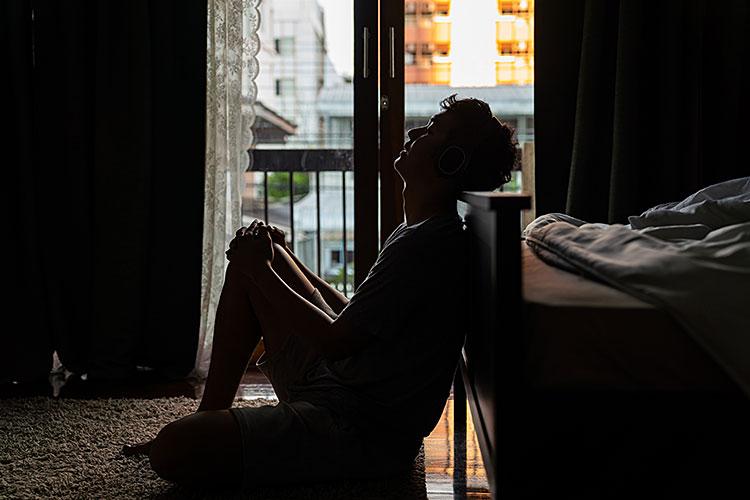By Jondi Gumz
Hamstrung by short staffing, the County of Santa Cruz Behavioral Health Division is shifting from an innovation plan to the “Crisis Now” model to expand community-based services to homeless individuals with a severe mental illness, and/or substance use disorder.
On June 27, Monica Morales, director of the Santa Cruz County Health Services Agency, briefed the supervisors on the new model, and they gave their approval.
 Mental health services were the subject of a Santa Cruz County Grand Jury investigation, with recommendations to find ways to address the staffing crisis, as 26% of positions are vacant.
Mental health services were the subject of a Santa Cruz County Grand Jury investigation, with recommendations to find ways to address the staffing crisis, as 26% of positions are vacant.
Challenges in classifying county positions, and contracting with the provider, Front St. Inc., led to the Healing the Streets program launching six months into the grant period.
So Behavioral Health applied to the federal government for permission to carry over unspent year one funds, which combined with anticipated unspent year two funds will allow operations to extend into a third year.
With payment reform under California Advancing and Innovating Medi-Cal, services by the Healing the Streets team will be billable and support ongoing services.
A 2020 survey completed by 103 stakeholders identified permanent supportive housing for homeless individuals as the top priority.
To address this, Behavioral Health staff have applied to the state for four “ No Place Like Home” projects: Bienestar Plaza, 1500 Capitola Road, Santa Cruz; Tabasa Gardens, 1482 Freedom Boulevard, Watsonville; Harvey West Studios on the Housing Matters campus in Santa Cruz, and Jessie Street, 314 Jessie Street, Santa Cruz.
These four projects will provide almost 100 supported housing units for individuals experiencing homelessness and mental illness.
Expanding mobile crisis services, now available only Monday through Friday and not evenings or weekends, was the second priority.
The 12-chair design of the Crisis Stabilization Program on Soquel Avenue accommodates youth and adults, but the staffing ratio requires one licensed staff for every four patients. With one youth admission, three chairs are effectively taken offline as one staff supports the youth. Conversely, if more than eight adults are admitted, staff cannot be diverted to attend to a youth.
This impacts the Dominican Hospital emergency department. In 2022, of 89 youth admitted to the emergency department on a mental health hold, only 54% were able to be transferred to the Crisis Stabilization Program. Another 40% were placed out of county.
A typical stay for crisis stabilization is 24 hours but in Santa Cruz, in 2022, from July through December, 53% of adults were staying longer than 24 hours.
Admissions at the county’s Crisis Stabilization Program declined overall since 2016, but in 2023, there is an uptick as Telecare, the county’s contractor, was able to hire a full-time local administrator and as well as a director.
Adult admissions, 126 in July, fell to 76 in September, rose to 113 in October, then dropped to 78 in December.
With staff absences, some individuals are diverted to Dominican’s emergency department.
The county plans to create a youth crisis stabilization program at 5300 Soquel Ave., next to the Sheriff’s Office but the building requires extensive remodeling and may be ready in 2024.
•••
Data show the need for evening services: 74% of all mental health calls for service via NetCom dispatch come between 7 am and 8 pm, while 36% of calls between 8 pm to 7 am are mental health-related.
Projected expenses for the 3-year plan (2023-2026) are $5,168,834 and will be funded with $4,544,656 from the Mental Health Services Act and $624,178 and Federal Financial Participation.
There is an option to extend through 2028.
Projected costs for fiscal year 2023-24 are $1,216,153 and are included in county Health Services Agency’s proposed budget.



